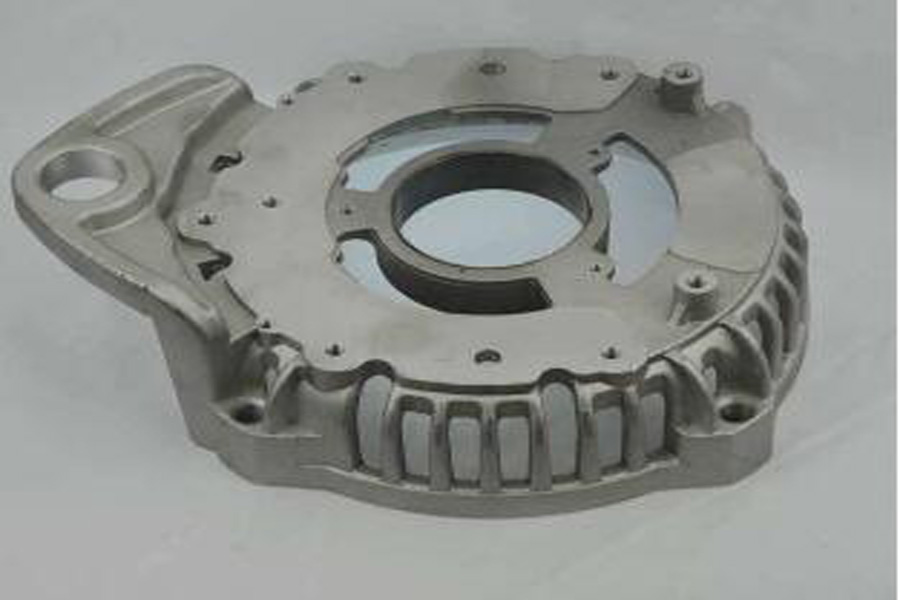Why do automotive metal stamping parts cause tearing?
The quality of the finished products of the stamping factory will lay a reliable foundation for the appearance and performance of the whole vehicle. Therefore, the quality assurance of stamping parts has always been an issue that the automobile manufacturing industry attaches great importance to. In this article, science and technology experience shares the causes of tearing caused by automotive metal stamping parts
Common tearing and skewing forms of metal stamping parts. The stamping process of the middle protective surface bracket is: blanking and punching-punching incision-flanging forming-incision-flanging. There are many forms of tearing and skew during the forming process of the middle protective surface bracket. The tearing parts are mainly distributed at the hole pattern of the workpiece, and the R arc at the corner of the side wall and the junction of the wall neck, etc., due to stamping and production The difference in process conditions, the proportion of each fractured part is different. The tear can be a one-time forming tear, or a tear caused by the development of fatigue cracks, that is, invisible cracks.
Cause analysis, according to the actual situation of the site, by inspecting the tearing position, fracture shape and degree of crushing of the part, it is believed that the tearing and skew behavior of the part is mainly reflected in the flanging forming process. The reasons for this process phenomenon are as follows:
The forming process parameters are not in place. In the forming process of the aluminum parts, the process requires that the die, the blanking core and the two parts must be closely attached to each other. When the machine slide slides down, the sheet material is plastically deformed to achieve forming. However, due to the disadvantages such as unstable quality of the pressed parts, it shows that the pressure of the machine tool is in an unbalanced state of pressure fluctuation during the production process. The main reason is that the processing technicians did not adjust the pressure of the machine tool at this stage in time according to the requirements of the process designation, or did not communicate with each other about the pressure stability information of the machine tool during the handover of each shift, resulting in poor quality of the parts. stable.
The design defect of the flanging forming mold. The mold is shared by the left and right parts of a two-cavity mold. In addition to the flanging, the content of this process also has the shape forming content. In addition, the part is particularly complex, the curved surface is narrow, and the forming requires concave die pressing The conformation of the core and the forming surface, etc., leads to a large forming stroke of the mold structure condition and a small pressing area. In the initial mold design, the designer only considered the feature of small blanking surface, but ignored the guiding slide stroke of blanking core.
